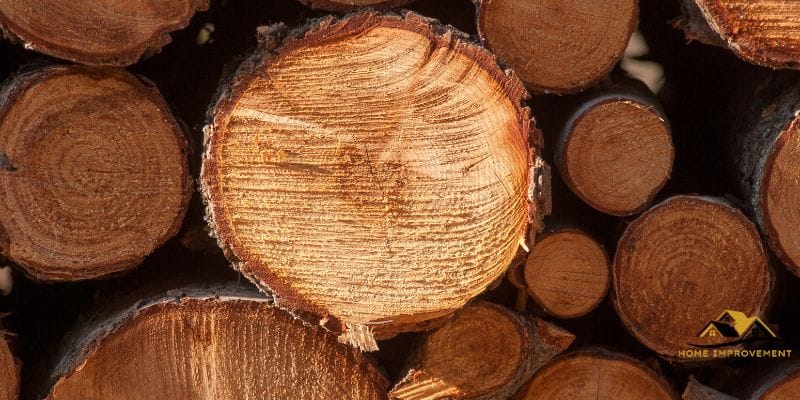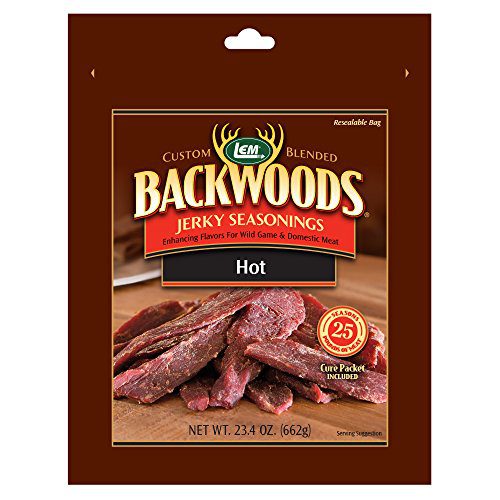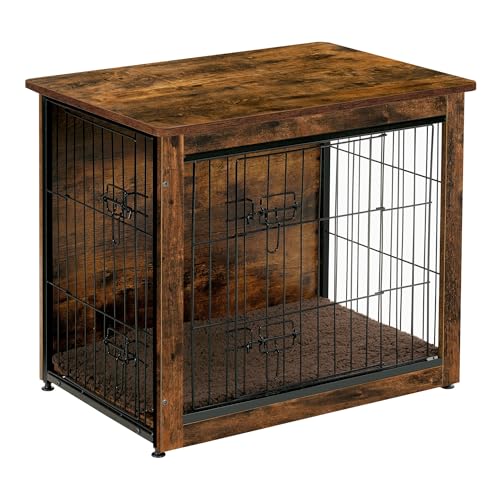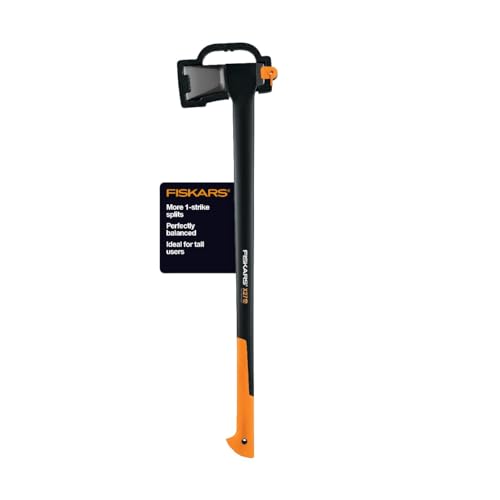Is Cottonwood Good Firewood? Ignite the Truth!
Cottonwood is not considered prime firewood; it burns quickly and doesn’t produce much heat. Its high moisture content and tendency to emit a lot of smoke make it less desirable.
When considering firewood options for a warm, efficient burn, many overlook cottonwood. Despite being readily available and easy to split, this wood is often relegated to the category of ’emergency use only’ because of its low heat output and fast-burning properties.
Cottonwood, with its abundant supply, especially near riverbanks and water sources, can be tempting to use for a quick, easy-to-ignite fire. Yet seasoned firewood collectors usually recommend it only for spring or fall bonfires rather than relying on it for those cold winter nights. A cottonwood fire is recognizable by its high-pitched crackling and the excessive amount of ash it leaves behind. While not the top choice for firewood, cottonwood is a wood to consider if other, more efficient options are not available.

The Characteristics Of Cottonwood Firewood
When it’s time to spark up a fire, many ponder whether cottonwood makes for good firewood. Understanding the characteristics of cottonwood is key to unlocking its potential for your fireplace or campfire needs. Let’s delve into the nitty-gritty of what makes cottonwood a potential candidate for your next cozy fire.
Density And Heat Output
| Wood Type | Heat Output (BTUs per cord) |
|---|---|
| Cottonwood | 16-17 million |
| Oak | 24-25 million |
| Maple | 18-20 million |
The Burning Experience: Efficiency And Performance
Cottonwood, often overlooked, serves as viable firewood, offering a satisfactory burn when properly seasoned. Its efficiency shines in quick kindling and moderate heat output, positioning it as a sound choice for casual, outdoor fire pits.
Ignition And Burning Rate
- Quick ignition: Ideal for getting fires started without hassle.
- Faster burn rate: More frequent refueling may be necessary.
- Efficient for kindling: Perfect for starting fires before adding denser woods.
Smoke And Residue
| Firewood | Smoke Level | Residue Amount |
|---|---|---|
| Cottonwood | Moderate | Higher |
| Dense Hardwoods (e.g., Oak) | Low | Lower |
- Season firewood properly to minimize smoke.
- Expect more frequent cleanup due to higher ash production.
- Consider blending cottonwood with denser woods for a balanced burn.
Environmental Impact And Sustainability
Cottonwood is often debated in firewood discussions due to its quick burning properties and abundant availability. Despite its lower energy output, using cottonwood for firewood is a sustainable choice that minimizes environmental impact by utilizing a renewable resource.
Availability And Renewability
- Fast Growth: Cottonwood trees mature quickly, making them ready for harvesting sooner than many hardwood species.
- Easy Reproduction: They propagate easily from cuttings, further contributing to their sustainable management and renewability.
Impact On Air Quality
| Emission Type | Impact |
|---|---|
| Smoke | Can contribute to poor air quality and respiratory issues. |
| Particulates | Particles can settle on surfaces or remain airborne, affecting both indoor and outdoor environments. |
Practical Considerations: Storage And Handling
Understanding the storage and handling of cottonwood is crucial before choosing it as firewood. Cottonwood requires ample space and time to properly dry, as it has high moisture content. Ensuring dry, protected storage enhances its burning efficiency, making it a viable option for firewood.
Drying And Seasoning
Properly drying and seasoning cottonwood is vital to its performance as firewood. Cottonwood contains a high moisture content that can lead to smoldering fires and significant smoke if not addressed. The key to successful seasoning lies in timing and technique:
- Timeframe: Cottonwood typically needs at least six months to a year to dry out properly, depending on the climate and conditions.
- Airflow: Stack the wood off the ground and in a sunny location to enhance air circulation.
- Cover: Protect the top of the stack with a tarp or shed to prevent rain from soaking the wood while allowing air to flow through the sides.
- Moisture Check: Use a moisture meter to ensure the wood moisture content falls below 20%, the ideal level for burning.
Splitting And Stacking Tips
Efficient splitting and stacking of cottonwood can significantly reduce seasoning time and improve burn quality:
| Splitting Tips | Stacking Tips |
|---|---|
|
|
The Verdict: Is Cottonwood Good Firewood?
Choosing the right type of firewood can make all the difference in heating efficiency, the ease of starting a fire, and the amount of creosote deposited in your chimney. While hardwoods are often preferred for their long burn times and high heat output, folks commonly question whether cottonwood, a type of softwood, is a viable option for their fireplaces and stoves.

Comparing With Other Firewood Types
| Wood Type | BTU Rating | Moisture Content | Smoke Production |
|---|---|---|---|
| Cottonwood | Low | High | Higher |
| Oak | High | Medium | Low |
| Maple | Medium to High | Medium | Low |
Best Uses And Alternatives
- Birch – Known for good burning and pleasant scent.
- Ash – Burns well even when green and produces steady heat.
- Beech – Burns similarly to ash, but harder to split.
For best results, pair cottonwood with one of these alternatives. Begin with cottonwood to get the fire going due to its easy ignition, then add denser wood for improved heat and burn duration.
Frequently Asked Questions On Is Cottonwood Good Firewood
Is Cottonwood Efficient For Heating Purposes?
Cottonwood is not the most efficient choice for heating. It has a lower BTU output compared to hardwoods, meaning it burns more quickly and produces less heat. For longer, warmer fires, hardwood is recommended.
Does Cottonwood Burn Cleanly?
Cottonwood tends to burn with more smoke and may create more creosote buildup in your chimney. It’s essential to keep chimneys clean to avoid fire hazards. Seasoning the wood well can help reduce these issues.
How Long Should Cottonwood Dry Before Burning?
It’s recommended to dry cottonwood for at least six months. Properly seasoned cottonwood burns better and produces less smoke. Ensure the wood is stored in a dry, ventilated space to facilitate seasoning.
Can Cottonwood Be Used For Campfires?
Yes, cottonwood is suitable for campfires. It’s easy to ignite and burns fast, making it good for cooking and warmth. However, be mindful of the smoke and keep supplies for a longer fire.
Conclusion
Deciding on cottonwood for your next campfire or hearth requires thought. It’s less dense than many hardwoods, leading to a quicker burn and less heat output. Season it well, though, and cottonwood serves adequately for casual fires. Always reflect on your specific needs before choosing it as your go-to firewood.







